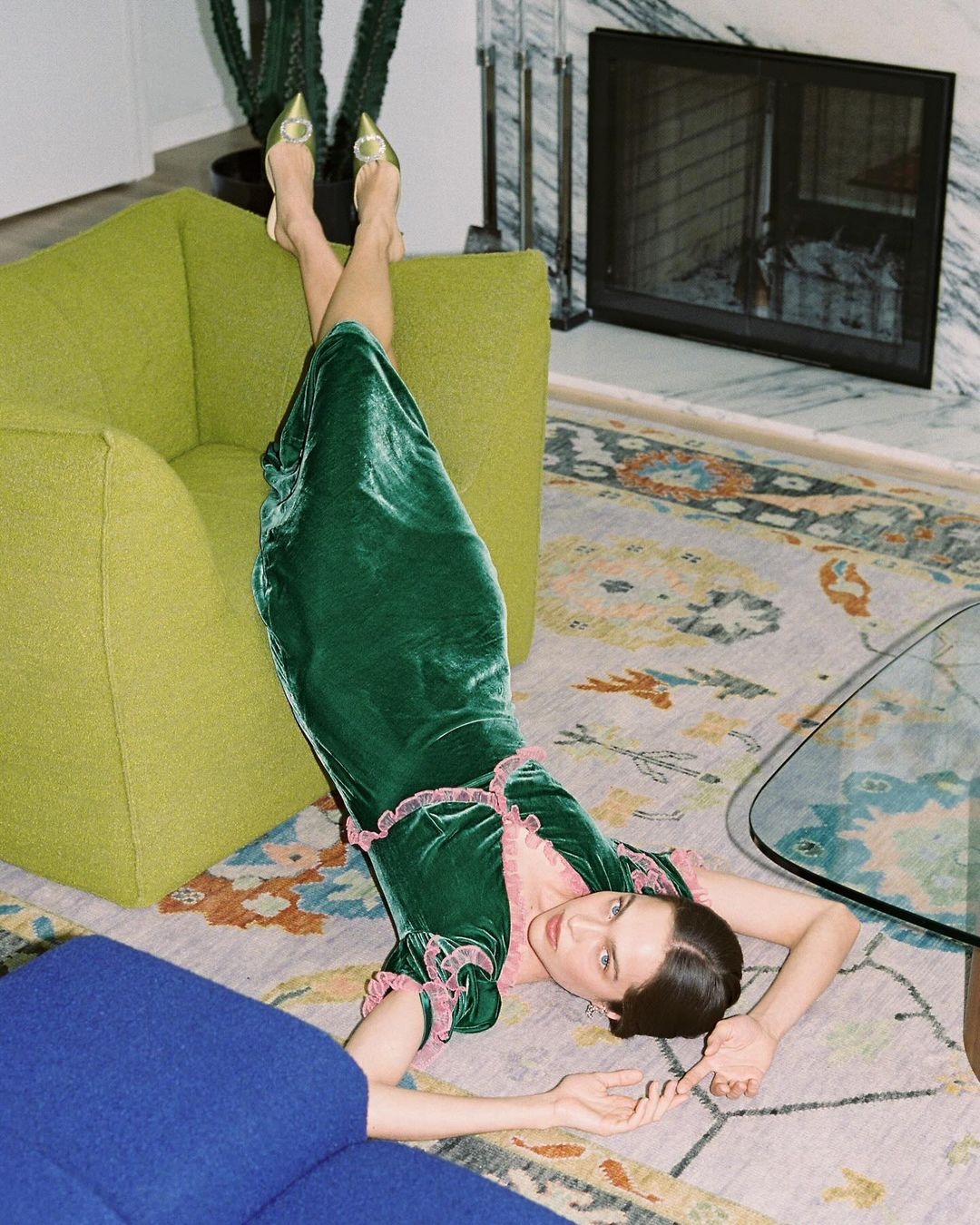Dealing with poor sewing quality in garments produced by factories requires a structured approach to identify root causes, enforce accountability, and ensure consistent improvements. Here’s a clear step-by-step plan:
✅ 1. Identify the Specific Sewing Issues
Inspect samples for common problems such as:
- Crooked seams
- Uneven stitching
- Loose threads or skipped stitches
- Mismatched patterns or seams
- Unraveling hems
Document everything with photos and notes, including defect rates (e.g., 10 out of 100 pieces with faulty stitching).
📋 2. Review Technical Specifications
Ensure that:
- Clear tech packs (technical packets) are being provided to the factory.
- All stitch types, seam allowances, tension settings, and quality expectations are clearly defined.
If you don’t already provide a spec sheet or production guide, this could be a key source of inconsistency.
🤝 3. Communicate With the Factory
Schedule a formal meeting or call with the factory’s production manager or quality control lead. Discuss:
- Specific sewing defects with photo evidence.
- Impact on your brand and business (returns, customer dissatisfaction).
- Request a corrective action plan.
🔁 4. Implement Quality Control Measures
- Inline inspection: Inspect work during production (not just at the end).
- Final QC inspection: 100% or AQL (Acceptable Quality Limit) checks before shipping.
- Use third-party inspection services (like Intertek, SGS) if internal QC is weak.
🧪 5. Trial & Retest
Request the factory to:
- Redo defective pieces or adjust patterns/machines.
- Produce a small re-sample batch before proceeding with mass production.
- Approve samples only after confirmed sewing corrections.
⚙️ 6. Evaluate Factory Capability
If problems persist:
- Re-assess if the factory has the equipment, skill level, and staff training required for your product category.
- Consider switching to a more reliable partner or multi-sourcing to reduce dependency on one supplier.
🛑 7. Use Contracts & Penalties
Include clauses in your purchase agreement:
- On acceptable defect rates.
- Financial penalties for poor quality or rework.
- Terms for product rejection and refund.
🗣️ Pro Tip:
Keep the tone collaborative but firm. Many factories will work with you to resolve issues if you clearly communicate expectations and show a willingness to continue the relationship.
From:
